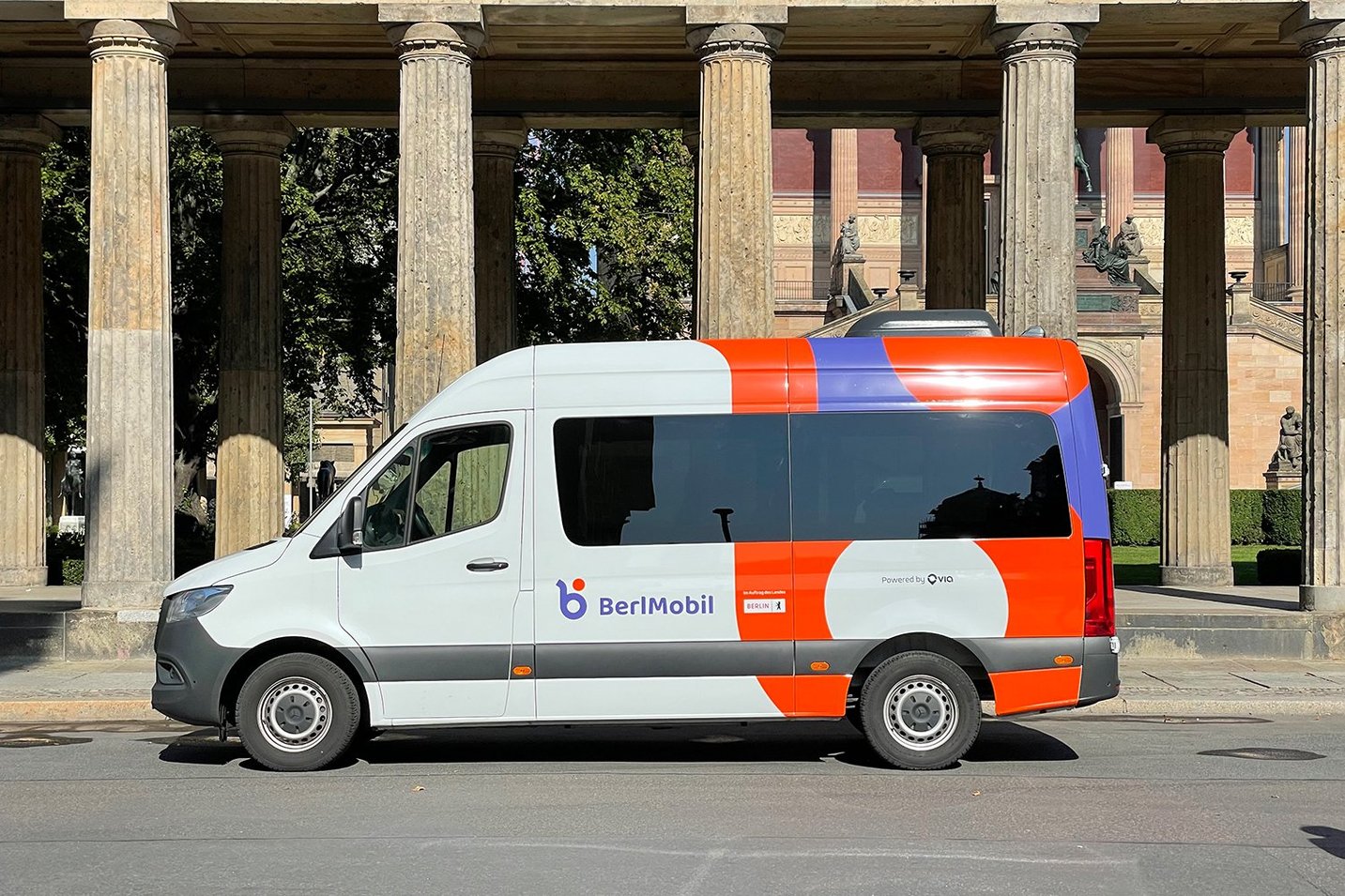Councils across the country currently face an impossible task: how do they maintain home-to-school services in the face of rising operational costs, increased eligibility, more complex needs and flat or falling budgets. In our previous article , we looked at this challenge from the perspective of the local authority and discussed how digital demand-responsive transport software offers a new way to address the crisis in student transport by driving routing efficiencies to save resources and dramatically cut costs for councils. While cost efficiency will perhaps inevitably dominate thinking in the current funding environment, it is essential that the experience of users does not get lost in any future thinking. In today’s piece therefore we will discuss how this same software can also ensure best-in-class support and a more personalised approach for students with SEND.
Advanced technology for a better student experience
Providing a high quality service to students with a range of requirements and disabilities means equipping drivers, passenger assistants, and operators with the information they need to provide best-in-class service. Let’s look at a few specific software features we’ve built with SEN students in mind:
- Student profiles: At the beginning of the school year, student profiles can be created which include detailed information about student’s accessibility needs: the software will take these into account when planning the most efficient routes and accurate journey times. These needs could range from the amount of time needed at pick up or drop off, to wheelchair accessibility, to custom notes that drivers can reference to give each student the most comfortable travel experience.
- Parent app: Our smartphone app for parents offers real-time visibility into students’ live journey status so that they can view any delays, notifies users when their child has arrived, and gives the option to cancel trips when students are on holiday or ill. The transparency and visibility that the parent app allows can play a significant role in alleviating the stress or anxiety that is often created when there are unexpected delays or issues.
- Passenger assistant modifications: For students with passenger assistants, we can ensure the passenger assistant is picked up first and dropped off last. We can also empower passenger assistants to be fully equipped with all of the necessary information regarding each student's individual needs. For example, this can include information on how to de-escalate behaviour in a certain situation or on how to administer medicines.
In addition to these features, all of our apps include all major iOS and Android accessibility features and are WCAG 2.1 compliant.
Providing accessible transport services globally
Via’s software for home-to-school transport is informed and enhanced by real-world experience in delivering accessible transport services around the world. In Berlin, Via’s operations experts manage a citywide dial-a-ride service, powered by our proprietary accessible transport software. BerlMobil serves 25,000 riders with special mobility needs across the city and offers vehicle tracking, automated trip reminders, and booking anywhere from 14 to just 2 days in advance across an 890 square kilometre service area.
More specifically, we are increasingly working across Europe on SEN projects including a nationwide SEN & Adult Social Care service in Luxembourg and in Flanders where we will roll out school transport (mainstream and SEN) within our large scale DRT service this summer.
Bringing our experience to school services in the UK
As we speak to local authorities around the country, their need for solutions to support home to school provision has become increasingly clear and we are working hard to deliver on this need. In the case of mainstream school transportation, there are now a number of examples of where school demand is being incorporated into an existing DRT scheme:
- Our nationwide fflecsi service in Wales, for example, reserves one vehicle for school runs in the mornings and afternoons, which then operates as a public transport vehicle at other times.
- In Lincolnshire, the ConnectBus service we power in partnership with Lincolnshire County Council integrates school transport into the wider public transport DRT service. Student trips are bulk booked onto the DRT vehicles in advance to guarantee trips to and from school.
Parent feedback from these services has been overwhelmingly positive with the additional transparency available in particular providing confidence.
Clearly though, SEN requires a more specialised, dedicated solution and we will be launching our first UK SEN specific service in partnership with Essex County Council later this year aiming to deliver both cost efficiency and an enhanced student and parent experience. If you are interested in learning more about DDRT software for home-to-school transport, reach out to us at ruby.budd@ridewithvia.com.






